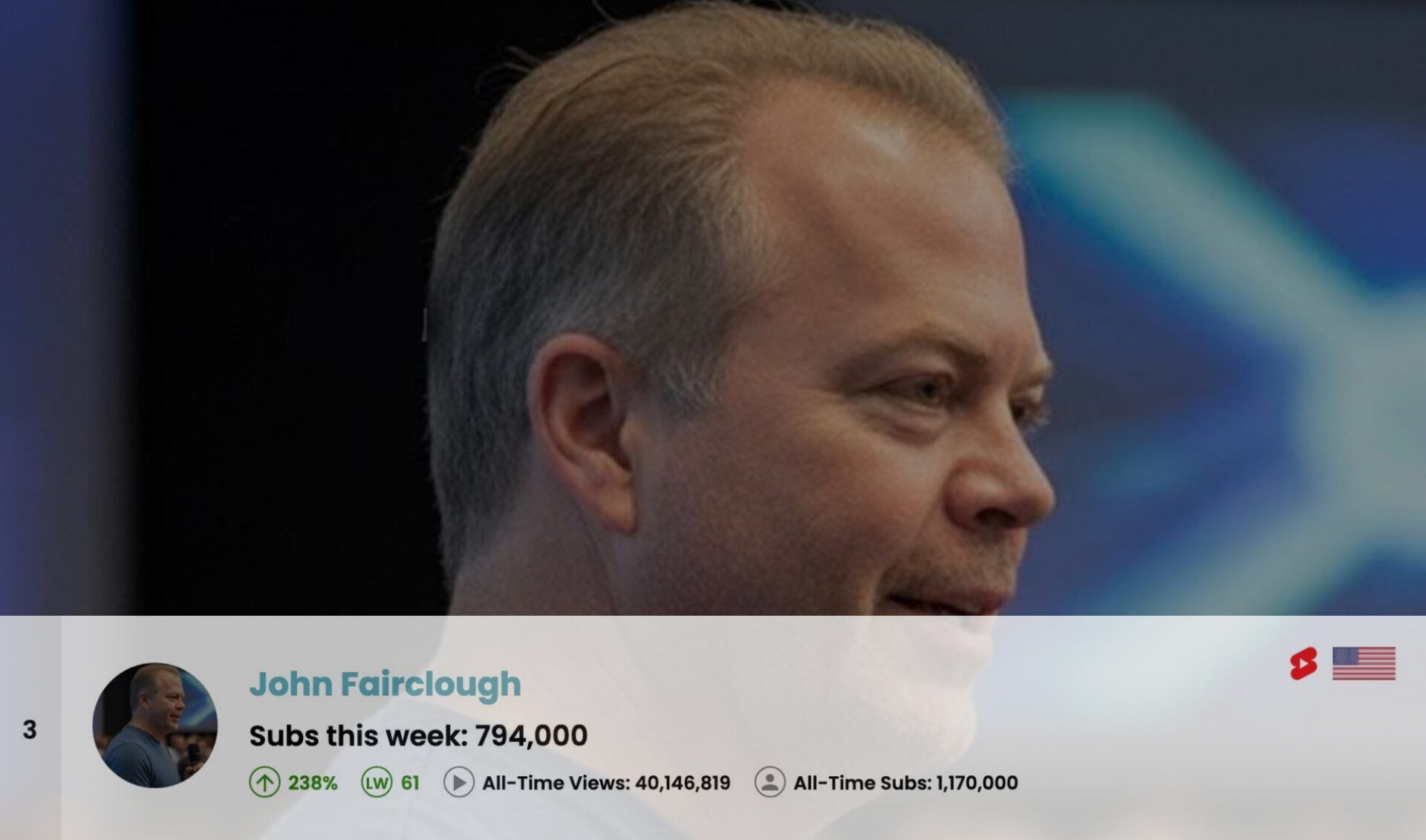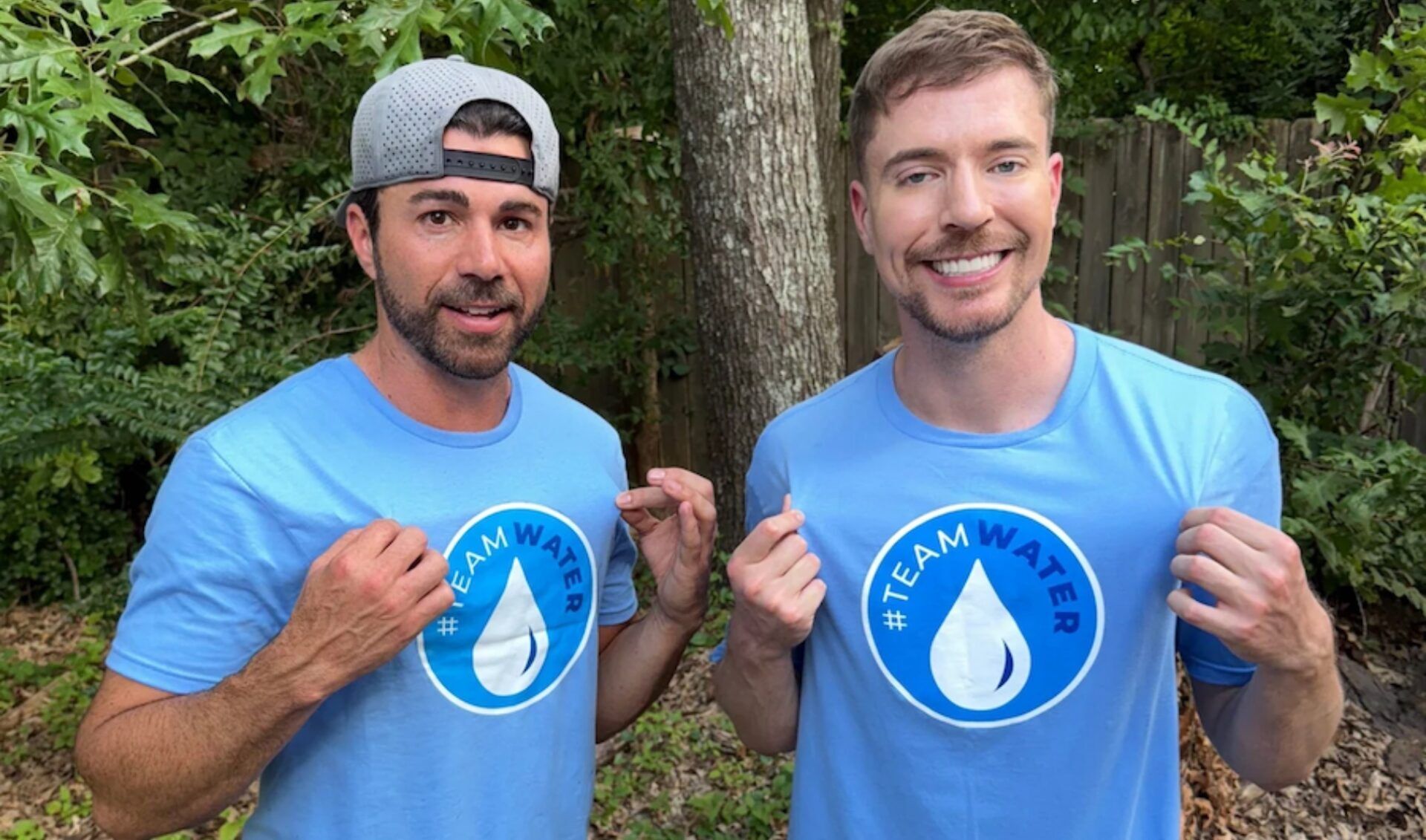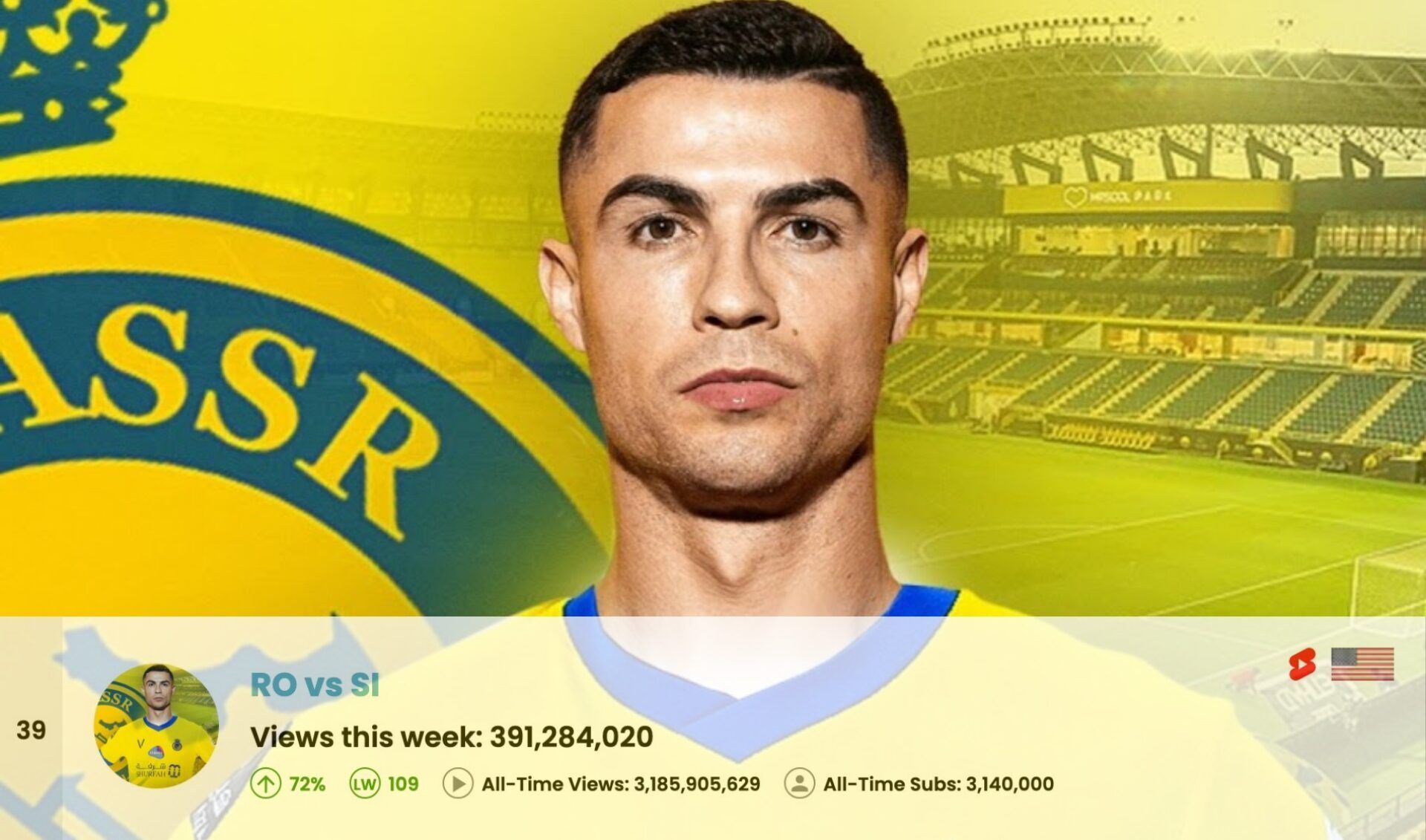- Tubefilter
- Posts
- MrBeast teams up with Rockefeller
MrBeast teams up with Rockefeller
YouTube's top creator is making (charitable) money moves.

It's Tuesday and CEO Sam Altman says OpenAI’s upcoming AI device will have the same “vibe” as “sitting in the most beautiful cabin by a lake and in the mountains.” If only Thoreau could’ve seen this one coming…
Today’s News
🤝 MrBeast partners with Rockefeller Foundation
📈 Vlad Samokatchik keeps rising
🎁 ‘Tis the season of creator giving
⚽ Soccer fever takes over YouTube
🫧 Hank Green explores the AI bubble
POWER PLAYERS
The Rockefeller Foundation is partnering with Beast Philanthropy
The partnership: The biggest YouTuber in the world is joining forces with one of America’s most prominent philanthropic organizations.
MrBeast and his 501(c)(3) Beast Philanthropy have snagged a rare partnership with the Rockefeller Foundation, which was founded by oil tycoon John D. Rockefeller in 1913 and has since deployed billions of dollars to make tangible differences in areas like food insecurity, public health, climate change, and workers’ rights.
That 112-year track record is impressive—but Rockefeller Foundation President Dr. Rajiv Shah says philanthropic organizations as a whole have historically struggled to capture “the hearts and minds of millions of young people.”
That’s where MrBeast (aka Jimmy Donaldson) comes in. The YouTube creator has raised millions in funding with major campaigns like #TeamTrees and #TeamSeas (not to mention the millions of views he’s secured through videos focused on charitable acts like building wells and paying for medical procedures).
Shah acknowledged that those videos, as well as a personal meeting with Donaldson and his mother, pushed the Rockefeller Foundation to work with Beast Philanthropy—a team-up that breaks the foundation’s longtime practice of not doing partnerships with outside organizations or companies. He also said he expects that Donaldson’s notorious obsession with analytics will pair well with the Rockefeller Foundation’s “results-oriented and science-based” approach to charity.
The plan: The Rockefeller Foundation currently distributes funds through hundreds of grants across different humanitarian needs. In partnership with Beast Philanthropy, it aims to further Feastables’ fair-trade commitment to fighting child labor in the cacao industry. MrBeast’s chocolate company launched with the intention of using zero child labor and paying farmers a living wage; now, with support from the Rockefeller Foundation, it plans to conduct a case study in Ghana in early 2026.
The orgs say they hope that study will help them “learn from one another’s work in development, community-led change, and global storytelling.”
HEADLINES IN BRIEF 📰
Russian creator Vlad Samokatchik broke into our Global Top 50 Most-Subscribed YouTube chart earlier this month. Now he’s ahead of MrBeast after adding 1.02 million new subs in just one week. (Tubefilter)
ByteDance’s valuation has risen to $480 billion in the aftermath of a transaction made by venture firm Capital Today, which paid around $300 million to acquire shares earlier this month. (Music Business Worldwide)
U.S. Senators Josh Hawley and Richard Blumenthal have called on the FTC and SEC to “immediately open investigations” into revenue allegedly earned by Meta from scam ads run on Facebook and Instagram. (The Guardian)
Podcast service Pocket Casts has unveiled a new Playlists feature that allows users to “curate, combine, and manage episodes across your favorite podcasts.” (Engadget)
SEASON OF GIVING
Charitable donations are increasingly flowing through creator channels
The study: November and December are traditionally the peak months for charitable contributions. But with economic instability on the rise, nonprofit organizations can no longer rely on the fundraising methods of the past—instead, they need to get on the same wavelength as creators.
That’s one takeaway of Tiltify’s 2025 Giving Season Report. By surveying 1,000 donors and incorporating feedback from 1,000 creators, the fundraising platform uncovered “a widening gap between revenue concentration and community participation.”
In total, Americans are giving more money to charities than ever before—but for the first time, fewer than half of all U.S. households are making a charitable contribution each year. And while the majority of respondents plan to maintain their current level of charitable spending, the percentage of respondents who plan to decrease their spending (32%) is much higher than the percentage of respondents who will give more (12%).
(Translation: The rich are increasingly philanthropic while the rest of us are loath to part with our hard-earned dollars.)
The creator angle: Creators, Tiltify claims, can bridge that gap. The platform has firsthand experience with charitable campaigns led by creators like Jacksepticeye, and recently played an integral role in MrBeast and Mark Rober’s $40 million effort to bring clean drinking water to at-risk communities.
The success of those campaigns illustrates the advantages creators have over traditional fundraisers: they aren’t beholden to outdated vehicles like mail-in campaigns and galas, they know how to harness engagement, and they have a direct pipeline to Millennial and Gen Z givers.
“The creator economy is rewriting the playbook for philanthropy by turning giving into a shared, visible, and participatory experience.”
Creators are also ramping up their charitable efforts; according to Tiltify, a “large share” of creators are raising more through their campaigns than they did last year.
TOP 50 MOST-VIEWED
On YouTube, World Cup fever is already in full swing
The soccer craze: Next summer, the FIFA World Cup will take place in the United States, Canada, and Mexico. That tournament is shaping up to be a big deal for three main reasons: the men’s field is expanding to 48 teams for the first time, it will be the first World Cup in North America since 1994, and it will likely serve as the swan song for soccer icons Cristiano Ronaldo and Lionel Messi.
Creators and brands are already making moves to harness fans’ excitement surrounding next year’s event. Sponsors like Nike, Adidas, and Coca-Cola are setting up their campaigns while host cities like Seattle are publishing playbooks for local businesses.
The channel: Creators are making similar efforts to appeal to FIFA enthusiasts on YouTube. With World Cup qualifying entering its final stage, Ronaldo scoring for Saudi club Al-Nassr, and Messi leading Inter Miami in the MLS semifinals, viewers are flocking to Shorts to catch highlights and tributes—and as a result, Ronaldo-inspired content has surged in Gospel Stats’ YouTube rankings.
One channel benefiting from that hype is RO vs. SI. As its name implies, the channel pays tribute to Ronaldo and Messi by ensuring that their names and national team jerseys show up in most videos.
That strategy has been wildly successful—even though Ro vs. SI’s videos don’t actually have much to do with soccer. Instead, the channel’s primary content categories are non-verbal skits that typically make no allusion to sports aside from the on-screen creators’ outfit choices and character names.
That might be a letdown for Ronaldo and Messi’s most devoted fans, but the majority of viewers don’t seem to mind. Case in point: over the last week alone, RO vs. SI collected 391.2 million views to reach 39th place in Tubefilter’s Global Top 50 chart.
WATCH THIS 👀
Hank Green is “freaking out” about the AI bubble
The AI bubble: Is the AI bubble about to pop? In a new video titled “The State of the AI Industry is Freaking Me Out,” Hank Green dives into the unbalanced finances driving tech giants like Nvidia and OpenAI. Between circular investments and speculative funding, some say an AI crash is coming—and Green isn’t discounting that possibility.
The big problem, he explained, is that “the amount of money being made by AI companies is an order of magnitude lower than just the money that is going to Nvidia every year.” Consider the enormous gap between OpenAI’s actual revenue ($30 billion) and the amount it’s spending on its latest service contract with Oracle ($300 billion). That imbalance is just one example of how AI companies are pouring massive amounts of money into infrastructure despite smaller profits—and Oracle’s services are only a tiny part of that.
Nvidia is the real beneficiary here. Essentially, Green said, the tech company has found a way to “artificially increase the demand” by incentivizing AI companies to buy its GPU chips and other products through subsidies or by investing in companies (like OpenAI) that rely on its chips. Find out more in Green’s full video.
Want to introduce your brand to Tubefilter’s audience? Sponsor the newsletter.
Was this email forwarded to you? Subscribe here.

Today's newsletter is from: Emily Burton, Drew Baldwin, Sam Gutelle, and Josh Cohen.




